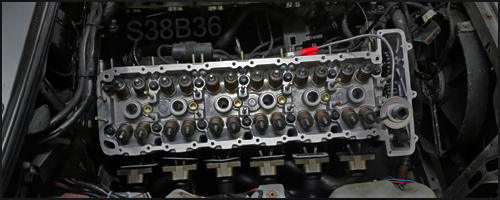Hey guys, I just have a quick question about CR that google hasnt helped me answer.
I understand that 8:1 basically means that the area when piston is at bdc to the combustion chamber is 8 times larger then the piston at tdc just measuring the combustion chamber.
The two questions I am just confused with:
1. would an 8:1 be considered lower or higher compression compared to an 11:1? I keep thinking lower since the number is lower, but I then wonder if its a higher compression ratio because the piston space from bdc+combustion chamber to just combustion chamber is smaller.
2. This will probably make sense after #1 is answered, but which compression ratios do you run w/ a turbo setup? I browsed and saw some people say low boost with high compression, or high boost with low compression? Is there really a pro/con to each?
Sorry if this has been posted, I looked under the e30tech stickies too and this was not covered. thank you
I understand that 8:1 basically means that the area when piston is at bdc to the combustion chamber is 8 times larger then the piston at tdc just measuring the combustion chamber.
The two questions I am just confused with:
1. would an 8:1 be considered lower or higher compression compared to an 11:1? I keep thinking lower since the number is lower, but I then wonder if its a higher compression ratio because the piston space from bdc+combustion chamber to just combustion chamber is smaller.
2. This will probably make sense after #1 is answered, but which compression ratios do you run w/ a turbo setup? I browsed and saw some people say low boost with high compression, or high boost with low compression? Is there really a pro/con to each?
Sorry if this has been posted, I looked under the e30tech stickies too and this was not covered. thank you



Comment